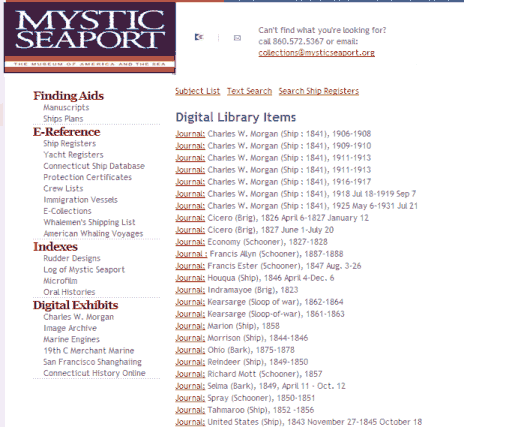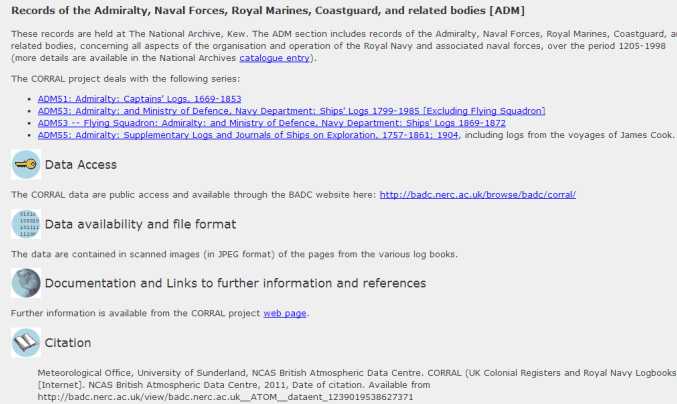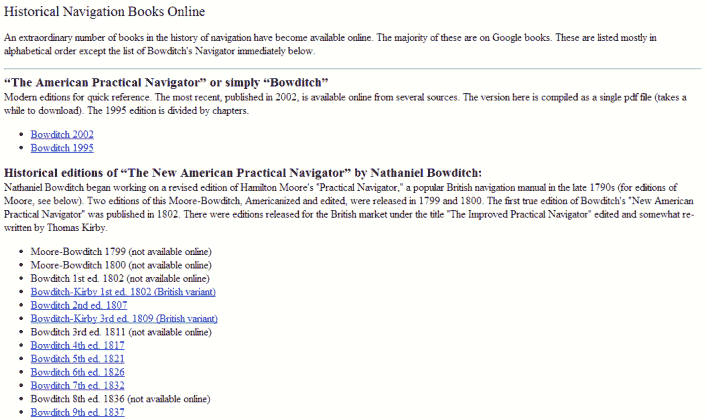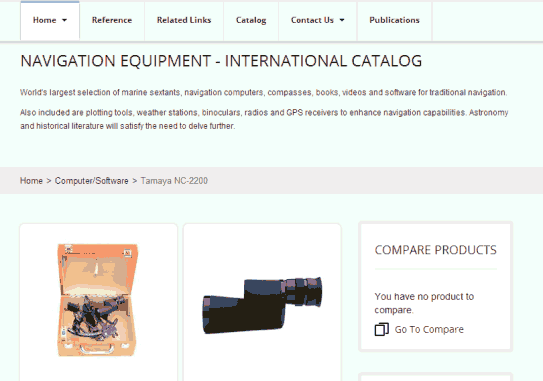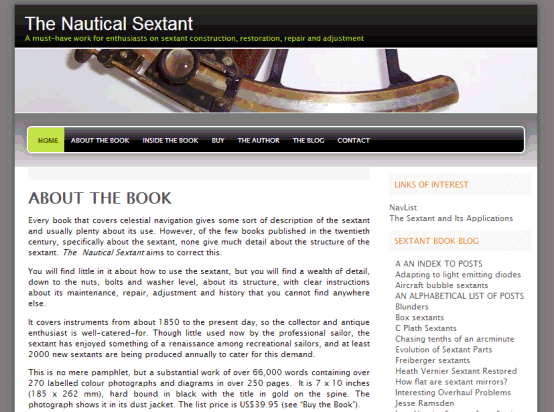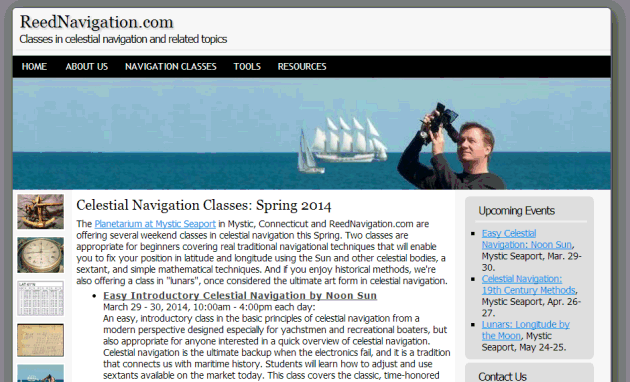
NavList:
A Community Devoted to the Preservation and Practice of Celestial Navigation and Other Methods of Traditional Wayfinding
From: Frank Reed
Date: 2020 Jan 19, 11:27 -0800
Robert,
Welcome aboard.
First of all, this never happens. No one is ever that lost in the modern world. Nonetheless, this is a very popular hypothetical or maybe a "challenge" scenario. It gets you thinking. Cutting right to the end, the celestial fix, if you put a little effort into, can be just as accurate as if you had a perfect GPS position to start from. The lack of a good DR is only a temporary problem. The biggest uncertainty in the case you described is the dead reckoning between the two Sun sights. As with any running fix, if too many hours have elapsed between sights, the quality of the fix is reduced.
Let's start with a real challenge scenario. You're a contestant on a reality TV show called "Lost Navigator". You've been flown by jet to a distant point and denied any peeks out the windows. You're dropped by parachute on a tiny island with nothing but your trusty sextant, the Nautical Almanac, a watch reading UT, a solar-powered calculator, pen and paper, and whatever books you choose to bring (however, book weight is deducted from the weight of your supply of water, so don't bring all volumes of Pub.229!). You also have an orange.
Since good reality TV depends on action and suspense, you get right to work taking a sextant sight of the Sun in the south. When your watch hits the top of the hour (UT), you get the Sun's altitude: 67°41' for Lower Limb, and the time is 1300 UT. Then you get to work reducing this sight... The audience is intrigued and wonders, why are you drawing circles on your orange?! Why doesn't he just eat it!!? Of course, you have turned your orange into a simple globe. You've drawn an equator and meridians for 0/180° and 90/270°(W) longitude. Looking in your Nautical Almanac, you read out the GHA and Dec of the Sun at the time of the sight. At 1300, the Dec was 10°24' N, the GHA was 15°05'. These are the lat/lon of the subSun point. So you mark a dot on your orange-globe as nearly as you can estimate at that position. You know that the distance-off from that point at the time of the sight was the zenith distance which is about 89.8°-67.7° or 22.1°. Using the pole-equator distance across the orange-globe as your scale, you measure off that distance in various directions from the subSun point, and you draw in a circle of position centered on the subSun point. From this circle alone, you now know that your island is somewhere in the Atlantic. Is it a little island in the Canaries? That might be consistent.
Dying of suspense as clouds come and go while you sit looking in books and drawing on your orange on the beach, the TV audience is stunned when you pick up your sextant again two hours later. The altitude of the Sun is now 70°57'. Without even looking again at the almanac, you know that the Dec has increased by 2' in two hours to 10°26'N and the GHA has increased by 30° to 45°05' (W). You put a second dot on your orange-globe, draw a second circle centered there with a radius of 89.8°-70.9° or 18.9°. Your two circles cross in two points. One point is near 33°W, 5°S, the other is near 33°W, 25°N. Here a little knowledge of geography helps you out. You know that there are various small rockly islands off the coast of Brazil, and you know that there are no islands in this latitude in the middle of the Atlantic. So you can pick between the two crossing points. You're on an island off the coast of Brazil. And you also now realize that you've been looking at the Sun in the northern sky. You're about 15° south of the Sun's Declination.
With this position determined by your orange-globe, you decide you deserve a snack and eat the world.
The approximate position determined this way, by drawing on a globe, could also have been found by iteration (guess and guess again) as John Howard described. That's a perfectly valid method. It can also be determined by a direct computation if you happen to have included the equations for that tucked in one of your books. Drawing on an orange makes better TV, and it's also quicker if you have a nice spherical globe surrogate. With this position as our best estimate of position, we can now proceed as normal with sight reduction, and we'll have an excellent fix in no time.
Position found in an afternoon... The network execs then realize that this whole "Lost Navigator" thing was a really bad idea, and no, there's nothing exciting about someone looking through a sextant and then drawing on an orange, followed by some work with a calculator. The show is cancelled, and so is your fifteen minutes of fame...
Bottom line: it's nice to have a good starting position, and in the real world we always do, but we can get by without one.
Frank Reed
Clockwork Mapping / ReedNavigation.com
Conanicut Island USA

